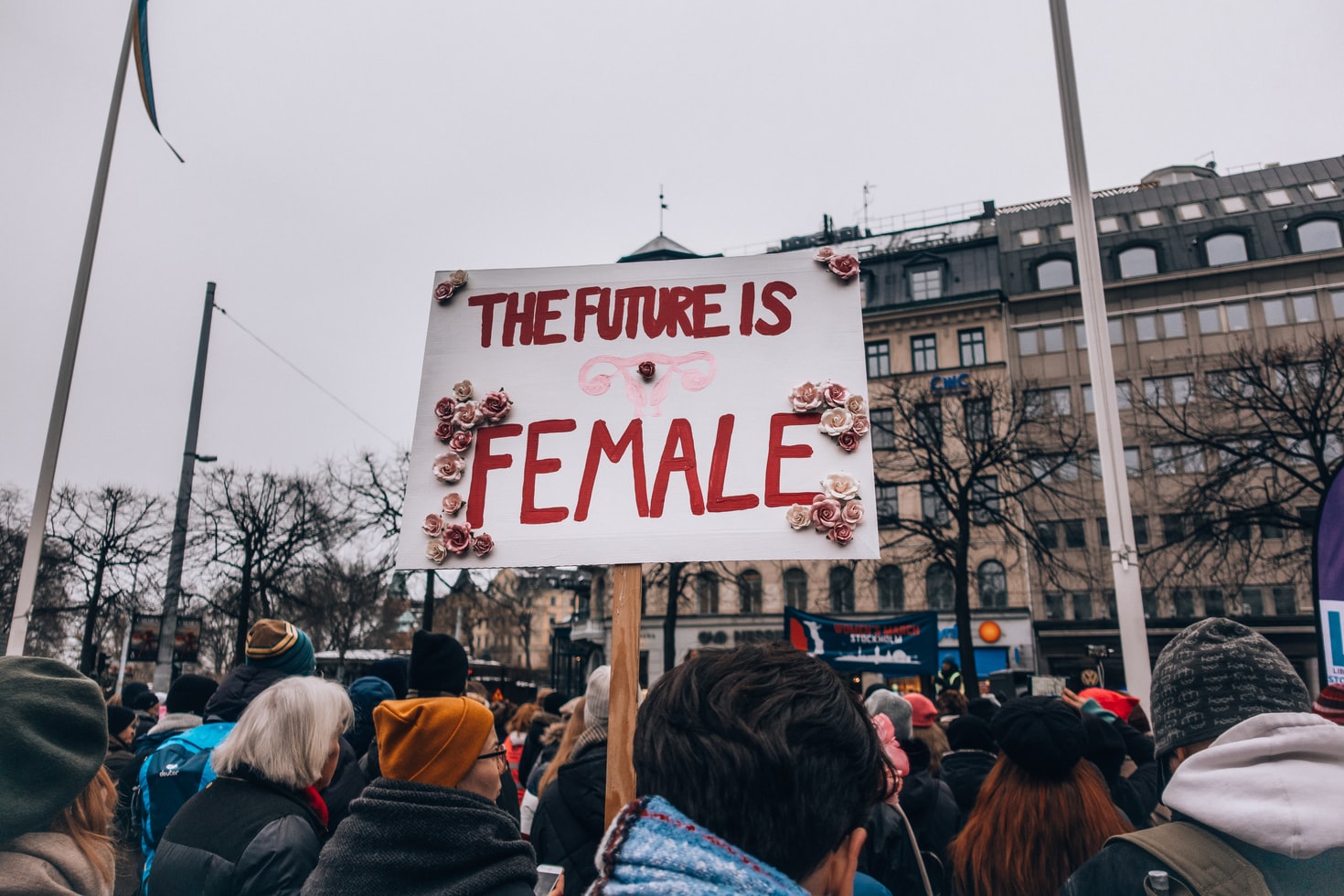The month of March is Women’s History Month—a time to commemorate extraordinary women both past and present. Even though such strides have been made, women all over the world still face incredible hardships.
According to the United Nations Women, “gender inequality is a major cause and effect of hunger and poverty”—60% of people living with chronic hunger are female. Out of the 796 million illiterate people, the UN also reports, two-thirds are women. The effects of “natural disasters, climate change and conflict” are more detrimental for women and girls, as stated by the UN, because they have less mobility to leave their homes, they have fewer occupational opportunities, and because of their lack of land ownership, they do not have access to governmental aid for reconstruction.
In last week’s blog, “This Women’s Day, Break Away From Outdated Myths and Redefine Your Future,” I discussed microloans given to women in rural areas. They have demonstrated the benefits of giving women decision-making power and the opportunity to create small businesses. In Korangi, Pakistan, Nighat Parveen took out a microloan to grow her tailoring business after her husband lost his earnings due to the Covid-19 pandemic. With the loan, she purchased two sewing machines and expanded her business. She now has a shop that she says is very popular in her town!
The underestimated capabilities of women are not some far-off occurrence to those of us working for large corporations or ourselves as entrepreneurs. The United States Census only started including data about women in business in 1972 (this year, 2022, marks the 50th anniversary of that milestone). Before this, the Equal Pay Act of 1963 was enacted. Despite the focus on women in business, in 2020, women earned 82 cents for every dollar a man earned. Women also disproportionately make up the force of lower-paying jobs, and the pay gap has been clearly shown to worsen as women age.

Forbes recently put a spotlight on the issues of women in business in their article, “Women Empowerment Through Entrepreneurship And Resilience.” They shared some shocking statistics:
“Women around the world have been starting businesses 1.5 times faster than men over the last decade, yet women on average make 20% less than men and 95% of women will never make over $100K per year. Out of all the tech businesses that are opening, only 5% have been started by women. It has also been reported that women’s businesses are failing faster than men’s.”
It raises some important questions. Why are women starting businesses more frequently, but having less success? Why are women-owned businesses almost non-existent in some sectors? Forbes reported that it may be because women are doing “business like a man,” stressing profits and “closing the deal” above the well-being of their employees and building relationships with their clients. The writer of the article brings up a “female-driven” approach to business: “empowerment rather than ‘power over’…generosity rather than scarcity or urgency…collaboration rather than competition.”
I’m not sure that’s the whole story. The Guardian’s article, “Companies with female leaders outperform those dominated by men, data shows,” showed data from McKinsey research. It showed that “companies in the top quartile for gender diversity on executive teams were 25% more likely to have above-average profitability than companies in the bottom, while companies with more than 30% female executives were more likely to outperform companies that don’t.”
So if businesses with women leaders are more profitable, why are women-owned businesses failing at a higher rate?
Consider this question and next week we will delve into the future of women in business further. I will also spotlight some change-making women!







Leave a Reply
You must be logged in to post a comment.